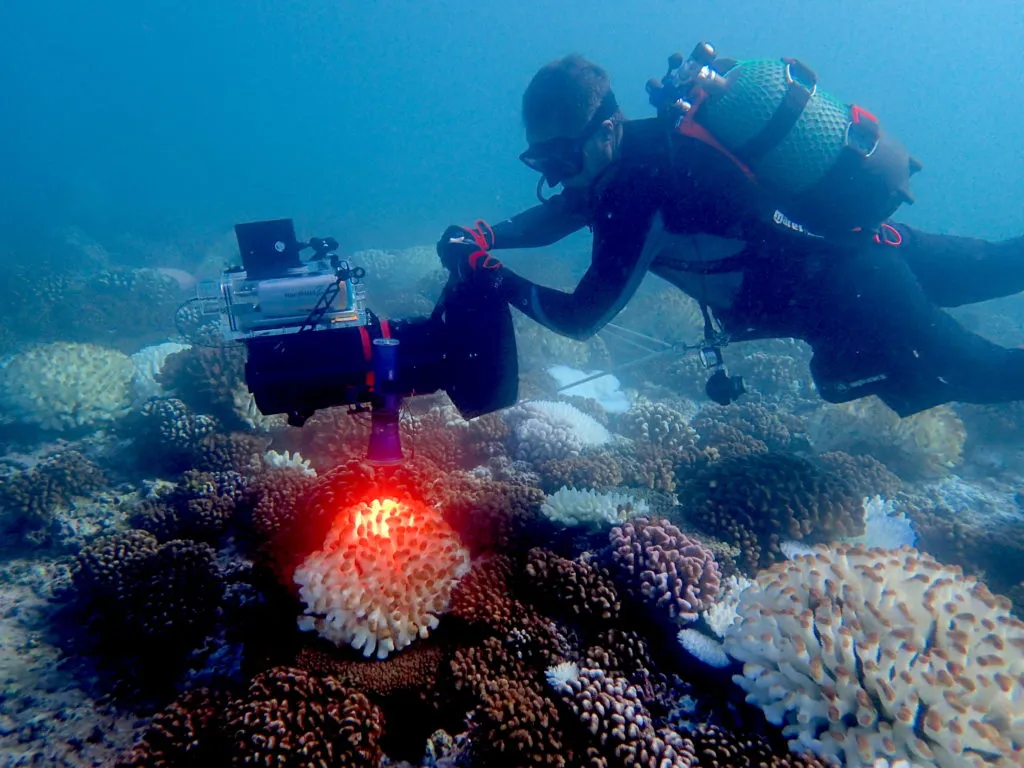
How satellite imagery is being used to map coral reefs worldwide

For the first time ever, scientists are leveraging high-resolution satellite imagery and advanced analytics to create an accurate global mosaic of the world’s coral reefs. With this innovative approach, the Allen Coral Atlas aims to have all the world’s coral reefs mapped at 3.7-meter resolution by December 2020.
The initiative brings together partners from Planet, Carnegie Institution for Science, Arizona State University in partnership with the University of Queensland, and National Geographic Society. Each of these players has a crucial role in sifting through the remotely-sensed data to determine what is and isn’t a coral reef and to determine how the knowledge can be used to inform coral conservation.

The technology behind Allen Coral Atlas: Explained
Planet’s satellite imagery data is the starting point for creating coral maps. Using the United Nations Environment Programme (UNEP) 2010 Coral Layer as the reference, Planet captures imagery with 3.125 m pixel size. It should be noted that the Atlas is mapping only tropical shallow coral reefs, between 30 degrees North and South of the equator in depths shallower than 10m for benthic composition and up to 20m for geomorphic zonation – given the physical limitation of the satellite image data.
Once Planet has cleaned up the raw data with a number of processing techniques, it is passed on to the Carnegie Institute. There, the science team corrects the data for issues like atmospheric effects, waterbody detection, sun glint removal, depth calculation, and bottom reflectance estimation.
After this, it is over to the researchers at University of Queensland to classify the different coral reef environments by leveraging the models developed by the Center for Global Discovery and Conservation Science (GDCS) at Arizona State University. Machine learning algorithms use the principles of Object Based Analysis (OBA) to create highly efficient and accurate maps, incorporating attributes like global wave climate model, water depth, slope, etc., along the way.
Once the maps are created, the National Geographic Society sends field teams to collect geo-referenced data in selected regions to help test, develop and implement the mapping algorithms. But on a larger scale, its focus is to build awareness and understanding about the Atlas so it can be leveraged globally by the users and help government coral monitoring and mapping programs.
Earlier this year, the Allen Coral Atlas integrated Coral Reef Watch data on sea temperature trends from the United States National Oceanic and Atmospheric Administration, allowing Atlas users to add sea temperature visualizations on demand. The Atlas will continue to add features and capabilities in the future as well.
Explore the Atlas here.









 Featured Job: Director of Federal Business Development at Cesium
Featured Job: Director of Federal Business Development at Cesium